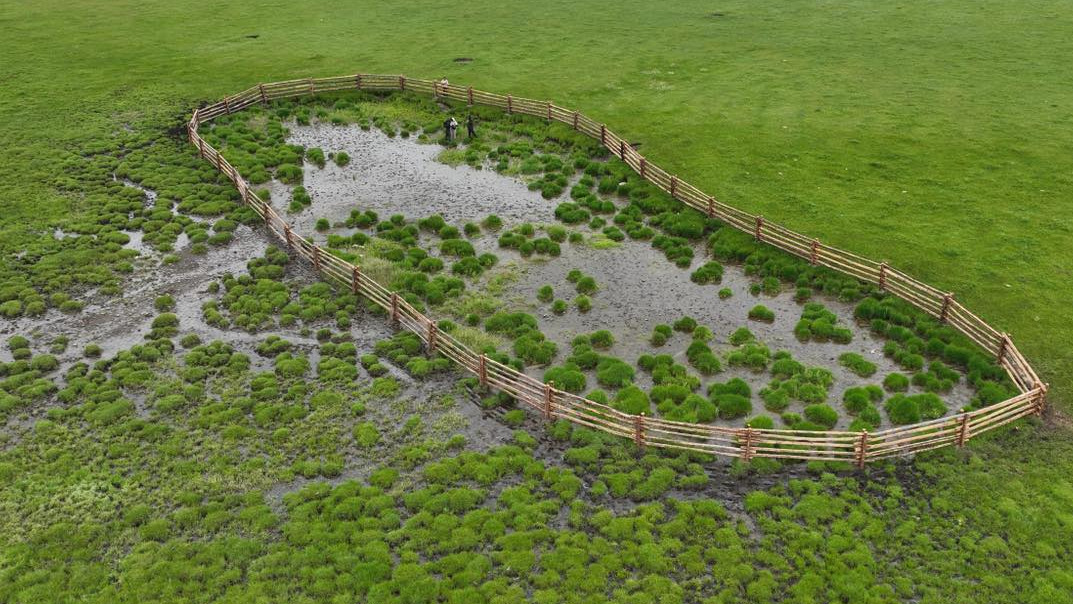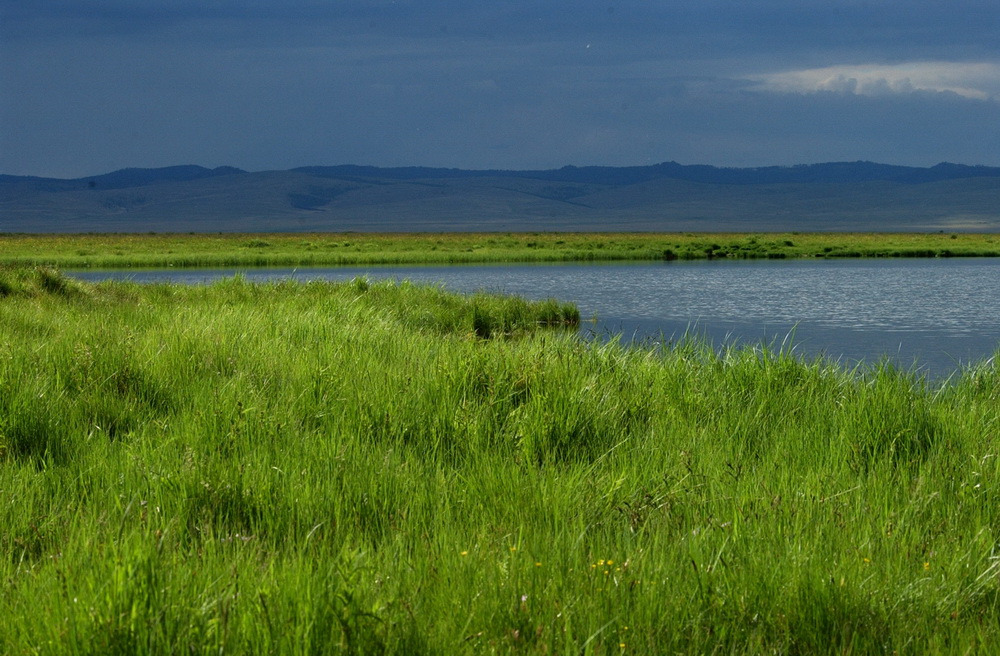Conservation of Mongolia's peatland ecosystem
Mongolian peatlands are a vital missing piece in the global peatland puzzle — connecting carbon, permafrost, biodiversity, and traditional land use in one of the world’s most climate-sensitive regions.
Mongolia lies at the dryland frontier of global peatland distribution. Its peatlands occur in semi-arid and high-altitude environments where peat formation is rare, making them unique dryland peatlands that offer valuable insights into how peat can form and persist under extreme continental climates.
Although the total peatland area in Mongolia is smaller than that of northern Europe or Southeast Asia, their carbon density per hectare is exceptionally high, particularly in alpine and subarctic zones. These peatlands store millions of tonnes of carbon accumulated over thousands of years, acting as long-term carbon sinks. However, if degraded by overgrazing, permafrost thaw, or drainage, they could shift from being carbon sinks to carbon sources, releasing significant amounts of CO₂ and methane.

Many Mongolian peatlands are underlain by permafrost, creating intricate interactions between frozen ground, hydrology, and carbon cycling. As permafrost thaws under a warming climate, carbon and methane emissions from these systems may increase dramatically. Studying Mongolia’s peatlands therefore provides critical data to understand climate feedbacks in cold and arid regions, which remain among the least represented in global peatland and carbon models.
Because most of Mongolia’s peatlands remain relatively intact and unexploited, the country presents a rare opportunity for proactive peatland conservation before large-scale degradation occurs. Integrating Mongolia into global peatland initiatives will allow testing of sustainable management models suited to arid and pastoral landscapes — lessons that can inform conservation across other dryland nations.

Mongolian peatlands also sustain traditional nomadic herding systems, providing water and forage in otherwise dry steppe and mountain valleys. They serve as vital biodiversity hotspots, supporting migratory birds, endemic plants, and rare wetland species. Furthermore, Mongolia’s high mountain regions form the headwaters of several major transboundary river basins in Asia, meaning that multiple global water systems depend on precipitation, snow, and glacier melt originating within Mongolia. These peatlands are tightly linked to the country’s permafrost and alpine hydrology, together co-regulating water storage, flow, and carbon balance across three of Asia’s great drainage basins.
